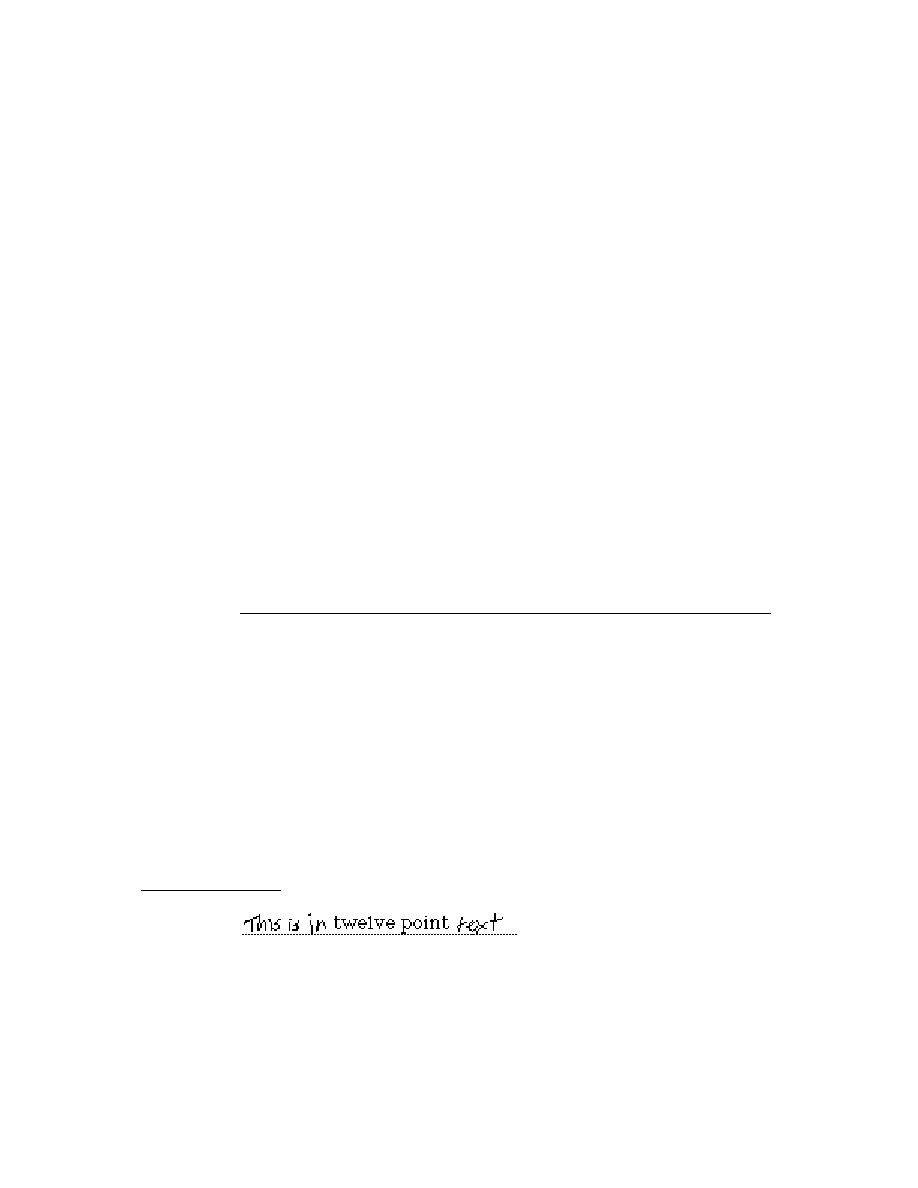
C H A P T E R 2 2
Transport Interface
22-26
Using the Transport Interface
Figure 22-2
Routing information view
In your transport object, store a reference to your routing information template in
the
the
transportInfoForm
slot.
To add your own information to the routing information view, you can supply a
BuildText
method. From
BuildText
, call the
AddText
method for each
additional line of text you want to add below the existing elements. Alternatively,
you can add child views to the routing information view.
you can add child views to the routing information view.
If you do add additional lines or views to the routing information view that cause it
to increase in height, you must also set the
to increase in height, you must also set the
addedHeight
slot in the routing
information view or in your
BuildText
method (or anywhere before the inherited
ViewSetupFormScript
method is called). In this slot, specify the number of
pixels by which you are increasing the height of the view.
The header view may include editable fields. If the user changes something in an
editable field, you probably want to know about it so that you can save the new
information or perform other operations. The
editable field, you probably want to know about it so that you can save the new
information or perform other operations. The
InfoChanged
message is provided
for this purpose. This message is sent to whatever object you designate when the
header view is closed.
header view is closed.
Providing a Routing Slip Template
22
A transport uses a routing slip when sending an item in order to get all the informa-
tion necessary to transmit the item. Since the user interface for the routing slip is
provided by the transport, the application does not need to know anything about
what is required to send the item.
tion necessary to transmit the item. Since the user interface for the routing slip is
provided by the transport, the application does not need to know anything about
what is required to send the item.
Tap
transport
icon next to
transport
icon next to
Routing
information
view is
information
view is